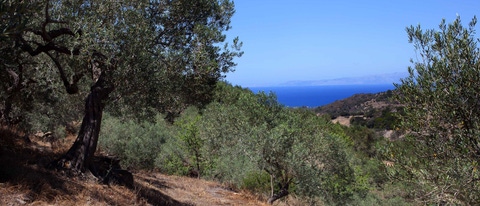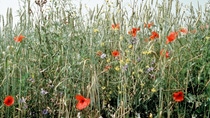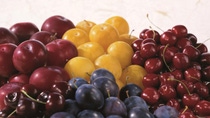Agriculture
Olives
Olive oil is an integral part of the cuisine in many countries available year round, mainly as a savory addition to salads, poultry dishes and, of course, pizza. Recent research has shown that the monounsaturated fatty acid found in olives can help to decrease “bad” cholesterol in blood and lower blood pressure.

The olive is a species of a small tree found in much of Africa, the Mediterranean Basin from Portugal to the Levant, the Arabian Peninsula and other parts of the world. During the first five years of the olive tree’s life or where root growth is limited, weeds around the trunk compete directly with tree growth, and provide a good habitat for field mice or voles, which can girdle and kill young trees. Gophers in particular are most prevalent where broadleaf weeds, such as field bindweed and perennial clovers, predominate. Integrated weed management practices vary considerably from year to year and from orchard to orchard, depending on local conditions. However, key to maintaining healthy and high-yielding olive orchards are two tasks: relief of weed pressure and sucker control.
Glufosinate-ammonium is one of the very few products on the market labelled for the control of suckers for olives as well as a broad spectrum of weeds, in one treatment without harming the mother tree. Since it is not possible to mechanically control weeds in steep olive orchards, and the alternatives to Glufosinate-ammonium for young plants are very limited, the majority of olive farmers rely on the herbicide for their business. The distinguishing action of the herbicide helps growers to control weeds with fewer herbicide applications, benefiting farm costs and the environment. Effective weed and sucker control also contribute significantly to higher yields.
Did you know?
In older orchards weeds create colder and more humid conditions for the olive trees. This increases frost hazards, the potential for olive knot and the risk of infection by the peacock spot fungus.








